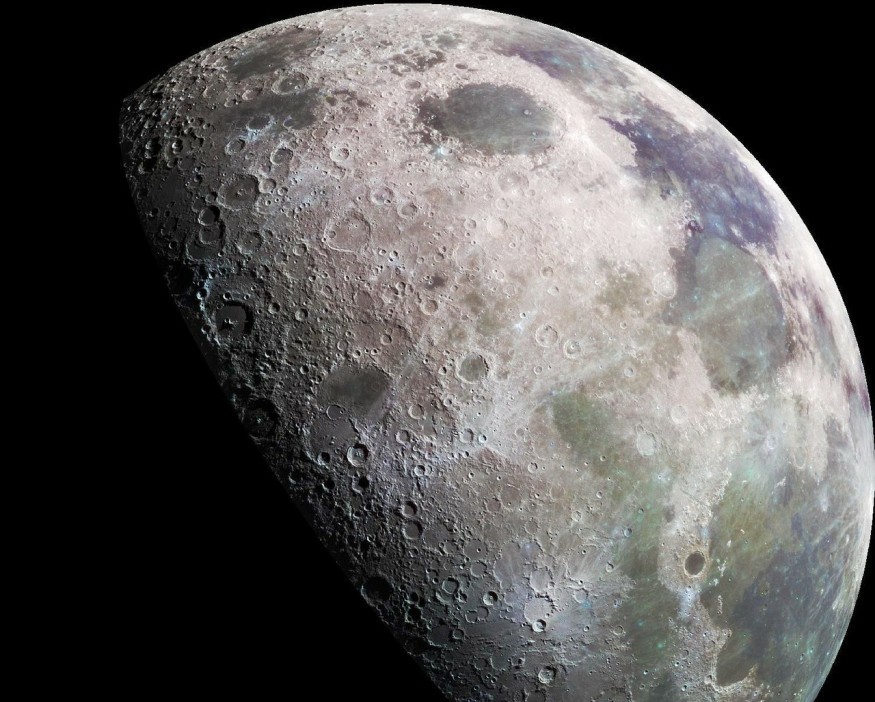New research shows that the Moon's two sides were a product of a cataclysmic asteroid that struck it billions of years ago.
According to a recent study, these areas - black, hardened lava flows - result from one of the most momentous occurrences in the Moon's history - a major asteroid impact that also created the SPA basin.

Moon Craters
International Astronomical Union said the Moon has over 9,000 visible craters due to a bombardment of strikes from meteorites, asteroids, and comets spanning billions of years.
According to scientists, lunar maria might have developed due to a major collision some 4.3 billion years ago. The South Pole-Aitken basin (SPA) is the biggest pit on the Moon and the second-largest known impact crater in the solar system, with a maximum width of roughly 1,600 miles (2,574 kilometers) and a maximum depth of 5.1 miles (8.2 kilometers). However, until today, scientists have been stumped as to why people can only find lava fields on the Moon.
According to the new research, the SPA impact caused a one-of-a-kind phenomenon inside the Moon's mantle, the layer of magma beneath the crust, which solely impacted the nearside.
ALSO READ : Is It Possible for a Moon to Own a Satellite?
"We know that big impacts like the one that formed SPA would create a lot of heat," lead author Matt Jones, a doctoral student of planetary science at Brown University, said in a statement.
Researchers already knew the nearside's lava fields originated in the Moon's mantle because lunar samples returned by Apollo missions contained radioactive, heat-generating elements such as potassium, phosphorus, and thorium, all of which are thought to be abundant within the lunar mantle.
Asteroids Causing Heat Plume on Moon's Mantle
According to the new study, computer models indicated that the SPA impact would have formed a heat plume beneath the mantle, pushing radioactive materials toward the crust. The researchers reran the simulation for various SPA impact scenarios, including direct hits and glancing blows. They discovered that the mantle impacts would have solely damaged the Moon's nearside, regardless of how the asteroid struck.
To put it another way, when a space rock crashed with the Moon, the mantle lava poured out on the nearside, concealing several of the Moon's previous impact craters.
The researchers are ecstatic to have addressed "one of the most important puzzles in lunar science," as they put it.
"The SPA impact is one of the most significant events in lunar history," Jones said per Space.com. It's "very exciting" to be able to comprehend better how it created the two sides of the Moon we see today, he added.
RELATED ARTICLE : Pink Moon: Why It's Also Called April Full's Moon and the Religious Events Associated With It
Check out more news and information on Space in Science Times.
© 2026 ScienceTimes.com All rights reserved. Do not reproduce without permission. The window to the world of Science Times.










